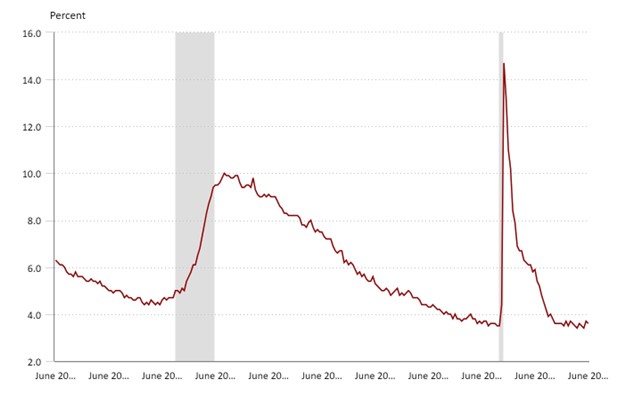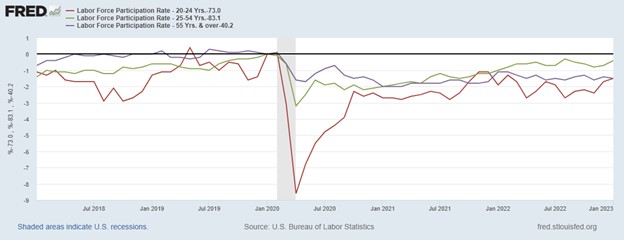Each month the U.S. Labor Department releases its closely-watched jobs report, providing key employment statistics that the Federal Reserve monitors to gauge the health of the economy. However, new research suggests these monthly figures may be significantly undercounting workers, specifically those in the rising “gig economy.”
Economists estimate the undercount could range from hundreds of thousands to as many as 13 million gig workers. This discrepancy suggests the labor market may be even tighter than the official statistics indicate, allowing more room for employment growth before hitting problematic levels of inflation.
Gig Workers Slip Through the Cracks
Gig workers, such as Uber drivers, freelancers, and casual laborers, often don’t consider themselves part of the workforce or even “employed” in the traditional sense. As a result, when responding to government labor surveys, they fail to identify themselves as active participants in the job market.
Researchers Anat Bracha and Mary Burke examined this response pattern by comparing informal work surveys with standard employment surveys. They uncovered a troubling gap where potentially millions of gig workers get missed each month in the jobs data.
For the Fed, Underestimating Tightness Raises Risks
For the Federal Reserve, accurate employment statistics are critical to promoting its dual mandate of stable prices and maximum employment. If the labor market is tighter than the data suggests, it could force Fed policymakers to act more aggressively with interest rate hikes to ward off inflationary pressures.
An undercount means the economy likely has more remaining labor supply before hitting problematic levels of inflation-fueling tightness. With more Americans able to work productively without triggering price hikes, the Fed may not need to cool off the job market as quickly.
Implications for Fed Policy Decisions
In recent years, the Fed has dramatically revised its estimates for full employment to account for the lack of rising inflation despite ultra-low unemployment. Recognizing millions more gig workers could further adjust views on labor market capacity.
According to the researchers, the uncounted gig workers indicate the economy has had more room to grow without excessive inflation than recognized. As a result, they argue the Fed’s benchmark for tight labor markets could be revised upwards, allowing for less aggressive rate hikes.
Gig Workforce Expected to Expand Post-Pandemic
The gig economy workforce has swelled over the past decade. But the COVID-19 pandemic triggered massive layoffs, confusing estimates of its true size.
As the economy rebounds, gig work is expected to continue expanding. Younger generations show a preference for the flexibility of gig roles over traditional 9-to-5 employment. Moreover, companies are incentivized to hire temporary contract laborers to reduce benefit costs.
Accurately capturing this crucial and expanding segment of the workforce in monthly jobs data is necessary for the Fed to make informed policy moves. The research highlights an urgent need to refine labor survey approaches to avoid missteps.
Adapting Surveys to Evolve with the Economy
Government surveys designed decades ago need to adapt to reflect the rapidly changing nature of work. Respondents should be explicitly asked whether they engage in gig work and probed on their monthly hours and earnings.
Modernizing measurement approaches could reveal a hidden bounty of untapped labor supply and productivity from gig workers. With more accurate insight into true employment levels, the Fed can better balance its dual goals and promote an economy that benefits all Americans.










